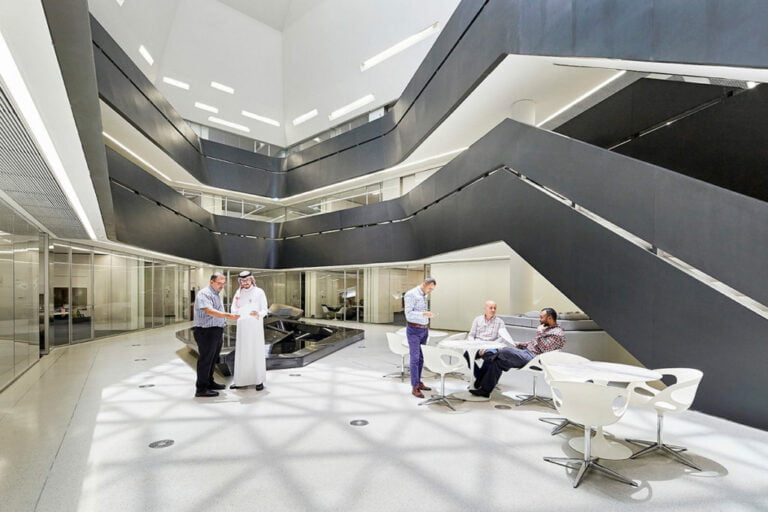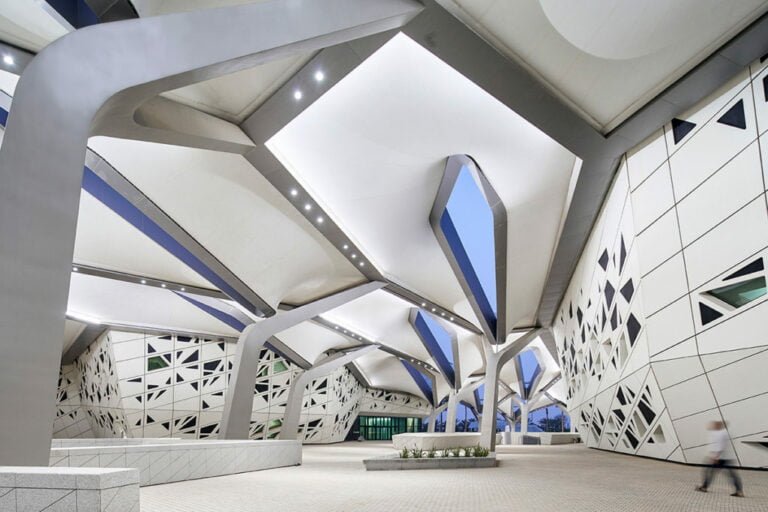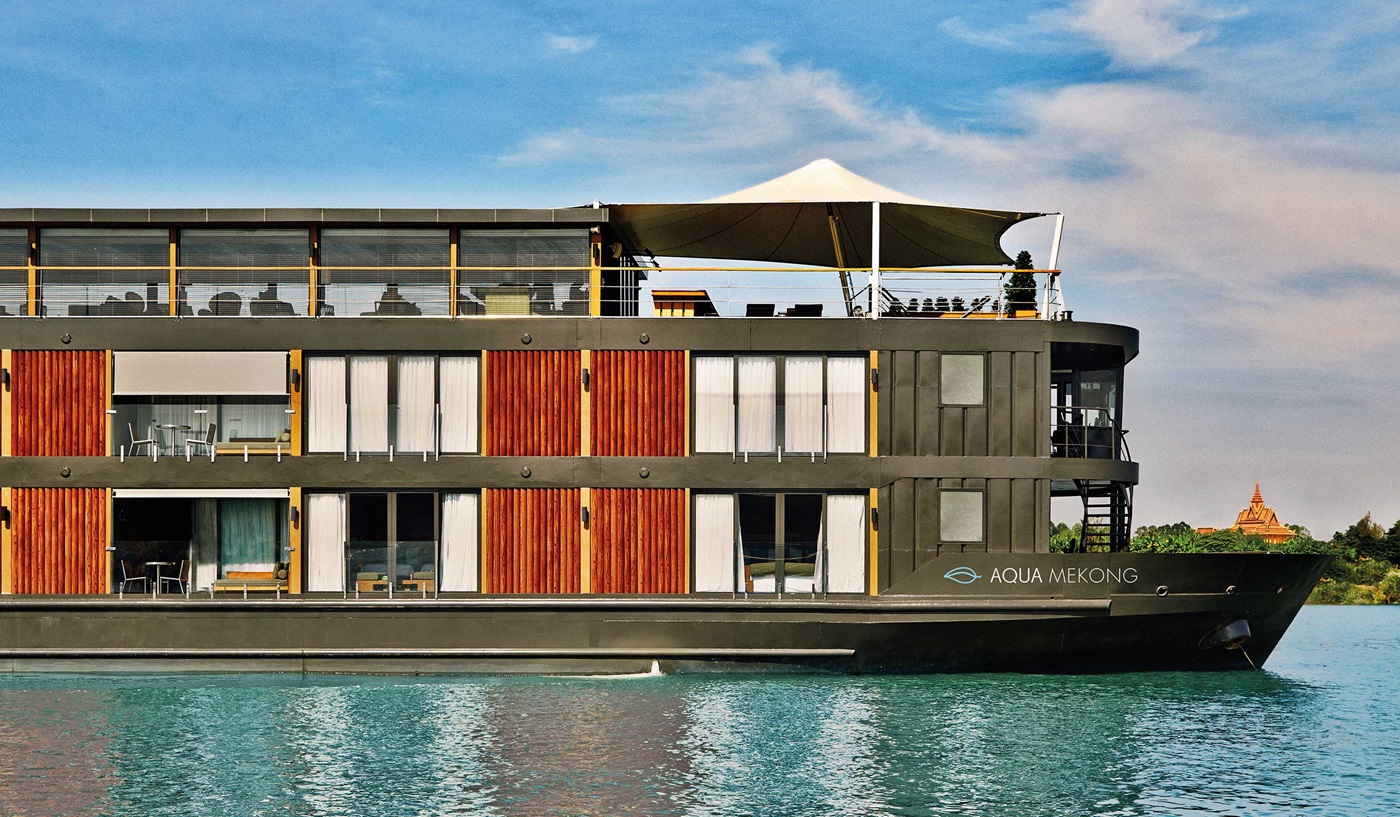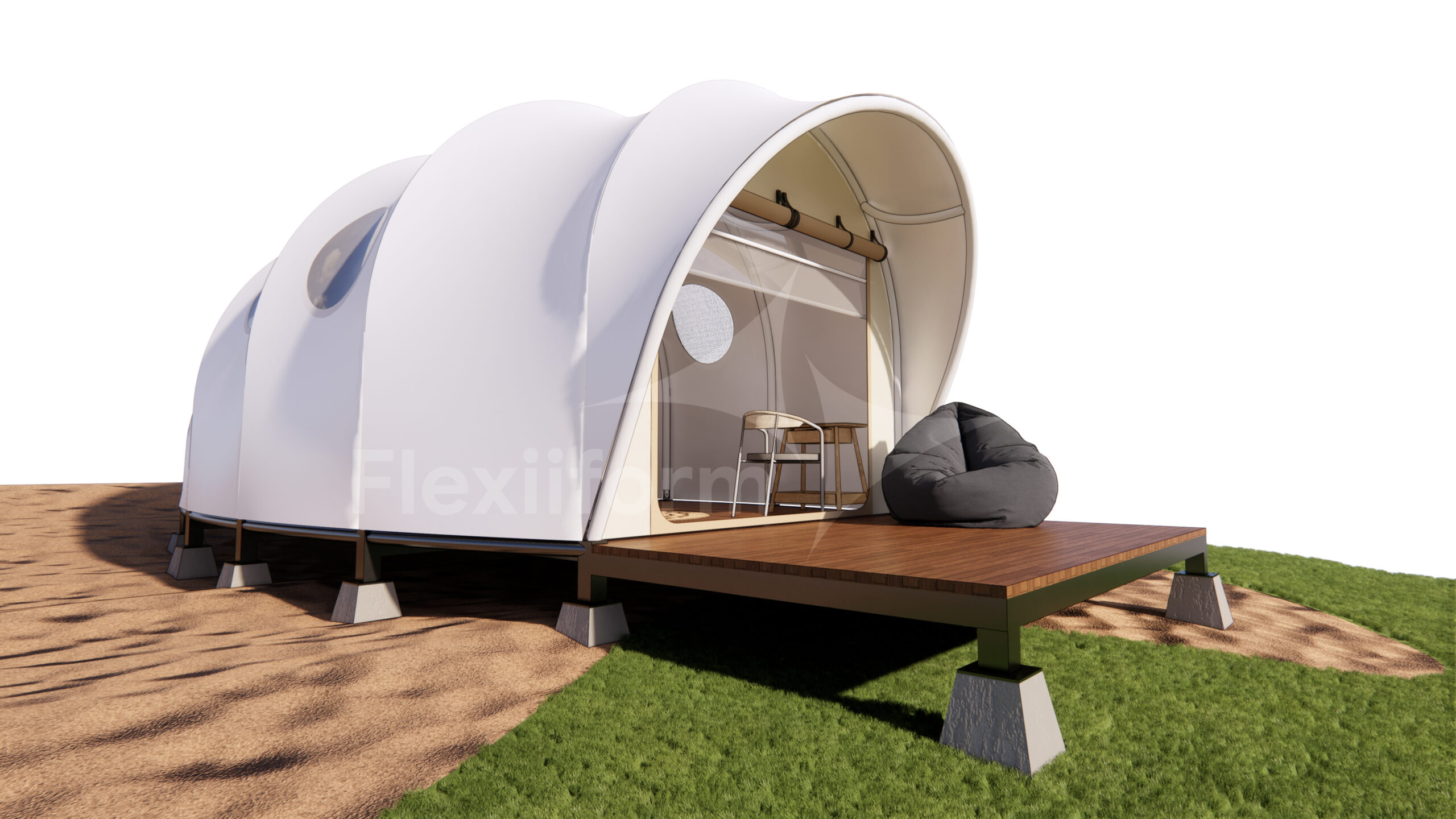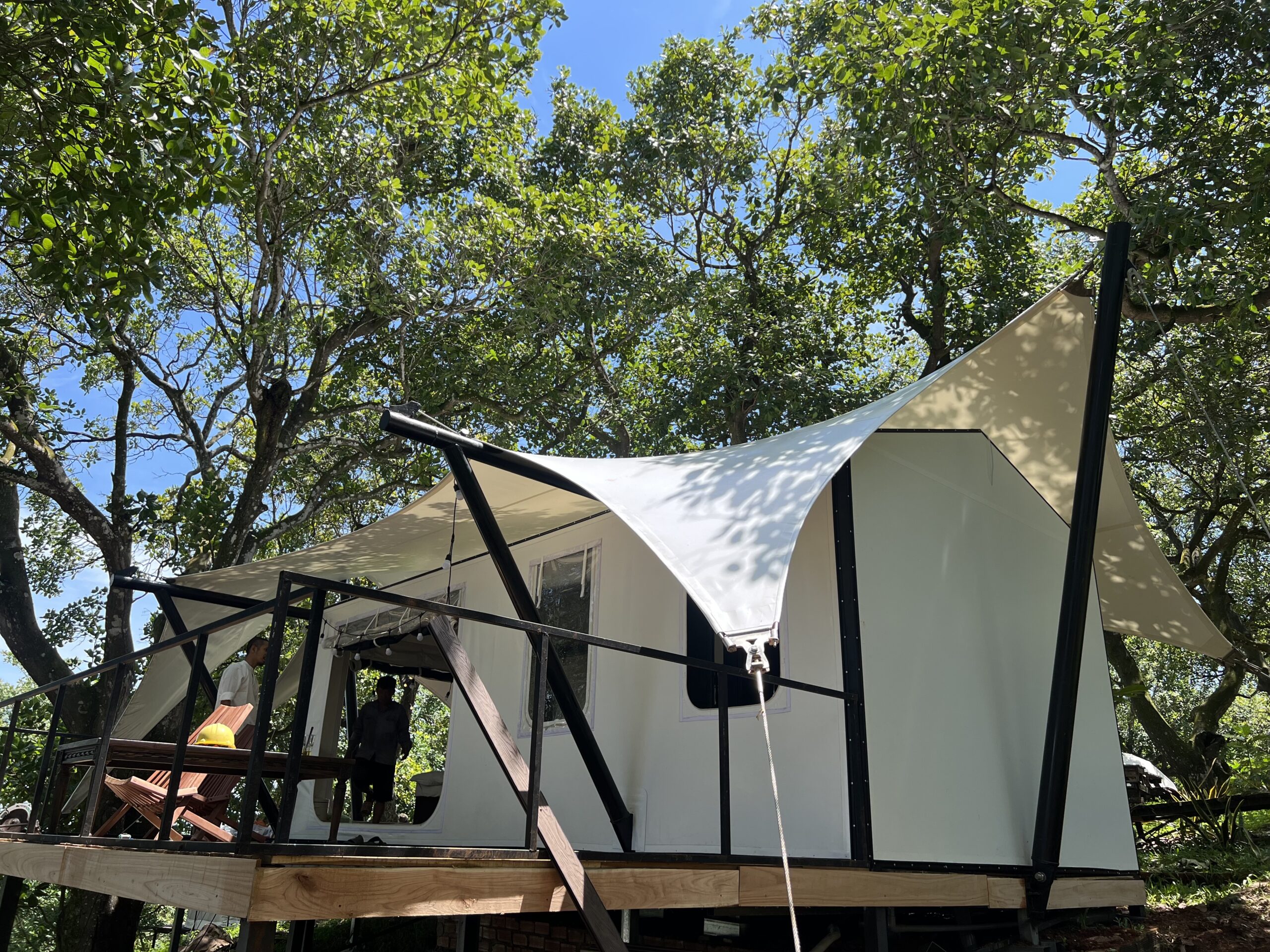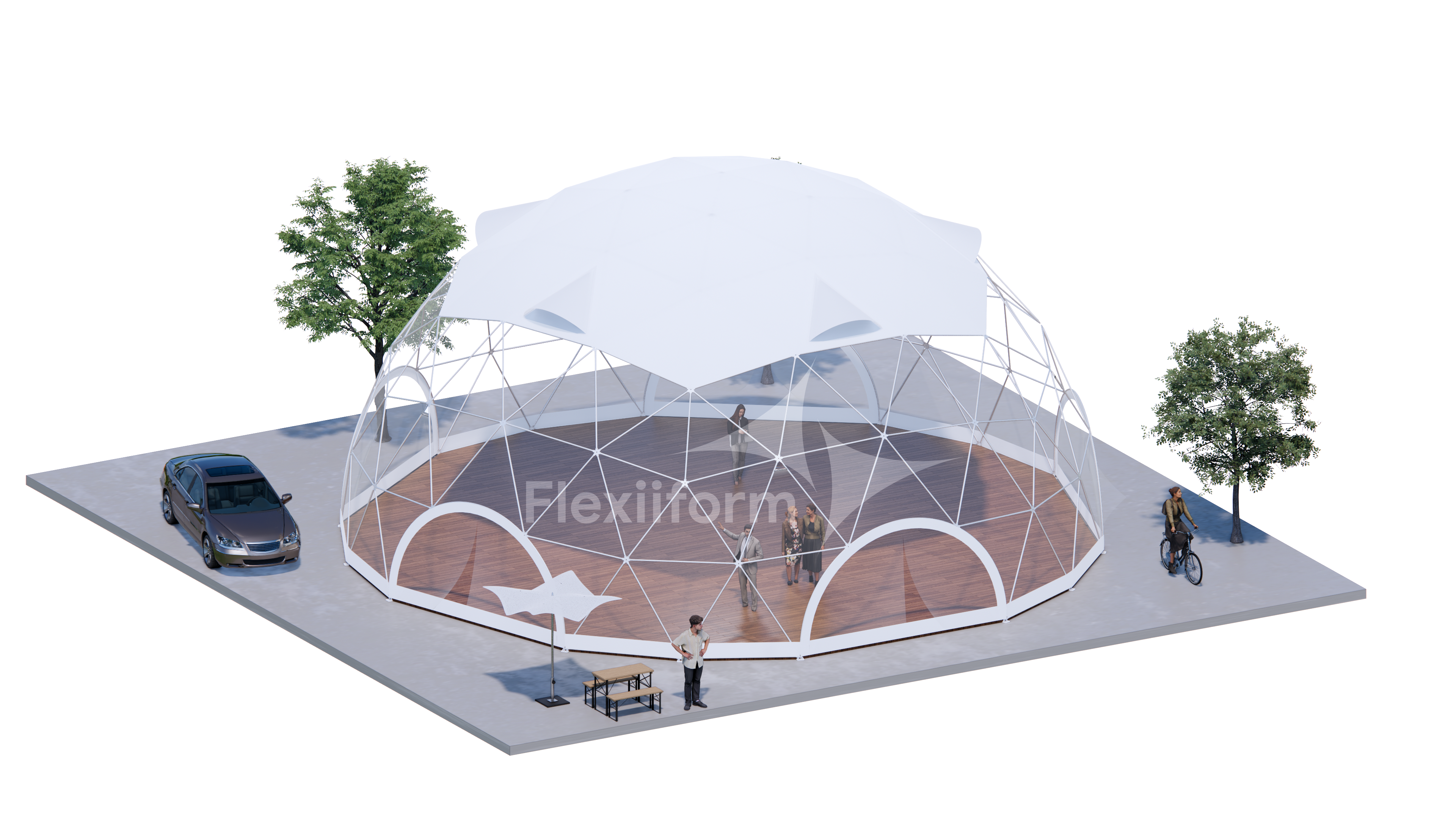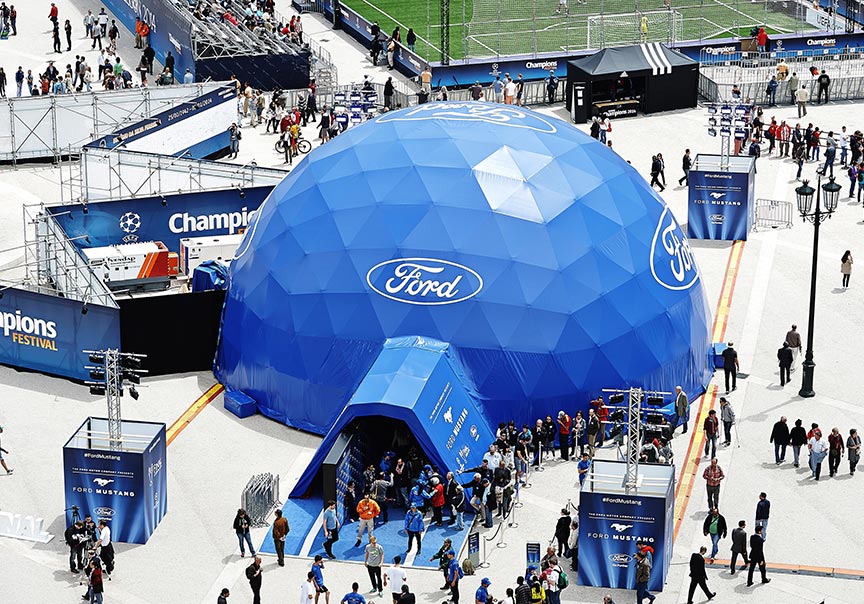Current Situation and Solution: King Abdullah Research Center Canopy Design – Honeycomb Architecture and Sustainability
KAPSARC (King Abdullah Petroleum Studies and Research Center) is a non-profit organization that conducts independent research on policies that contribute to the most efficient use of energy to provide social welfare globally. The project is a fusion of modern materials and advanced construction techniques, while maintaining the Arabic cultural identity. The King Abdullah Research Center's tensile fabric dome represents a groundbreaking form of architecture where leading experts from around the world come together to solve energy challenges, freely sharing knowledge, insights and analytical frameworks to achieve innovative designs. KAPSARC's $70,000\text{m}^2$ campus, consisting of five functional buildings, was designed by Zaha Hadid Architects, has received LEED Platinum certification from US Green Building Council, demonstrating careful consideration of the environment and engineering.
—
Technical Requirements Analysis & Solution Context
KAPSARC is located in the Riyadh Plateau, Saudi Arabia, an area with harsh desert environmental conditions that require the building to be designed to minimize energy and resource consumption. The buildings needed to be unified into a single complex with interconnected public spaces, while also being flexible to accommodate future growth and changing research requirements. This context required a core organizational strategy for the design that was modular, mobile, scalable or adaptable without affecting the visual character of the center, while creating a comfortable and inspiring working environment for scientists.
—
Technical Solutions
KAPSARC's design is a prime example of forward-looking architecture, leveraging advanced structure and design principles to meet the complex requirements of an energy research center.
Future-oriented architecture and honeycomb structure
The main organizational strategy of the design is a partially modular, mobile system that integrates the various departmental buildings into a single complex with interconnected public spaces. The hexagonal prism honeycomb structure of the King Abdullah Research Center Tension Fabric Dome uses the least amount of material to create a grid of cells within a given volume. This structural and organizational principle has defined the composition of KAPSARC as a combination of crystalline forms emerging from the desert landscape, evolving to best meet the environmental conditions and internal program requirements. The honeycomb grid is compressed towards its central axis as an extension of the natural wadi running west, creating a formal layout that can be expanded or adapted without affecting the visual character of the center. The six sides of the hexagonal cells also provide greater opportunities for increased connectivity when compared to rectangular cells with only four sides.
Principles of environmental design and control
The specific arrangement and form of the KAPSARC buildings contribute to the softening of the intense light and heat of the Riyadh Plateau. The campus buildings surround a large communal courtyard shaded by a canopy supported by a forest of handcrafted steel columns, providing a solid skin that protects against the harsh southern sun. The KAPSARC campus opens to the north and west, encouraging prevailing northerly winds to cool the courtyard during the temperate months and facilitating connections to any future campus expansion to the north, as well as to the research community to the west. With the strong protective skin of the King Abdullah Research Center Dome on the outside, providing protection from the harsh effects of the weather, the architecture of KAPSARC is porous on the inside. Specific hexagonal cells strategically located within each building are left open to create a series of covered courtyards that bring gently controlled daylight into the interior. An underground link also connects the main buildings on campus for use during the hottest times of the year.
—
Results and Performance Evaluation
Zaha Hadid Architects’ King Abdullah Research Centre Dome design has delivered a number of impressive and outstanding results. The project has succeeded in creating a unique architectural complex that blends into the desert landscape and meets the stringent environmental performance requirements, earning LEED Platinum certification. The hexagonal honeycomb structure not only optimizes the use of materials but also provides a flexible system that can be expanded in the future without compromising the visual character. The ability to control light and temperature through layout and materials has created a comfortable working environment that encourages interaction and knowledge exchange. This is an iconic project that demonstrates KAPSARC’s commitment to forward-looking research and sustainable architecture.
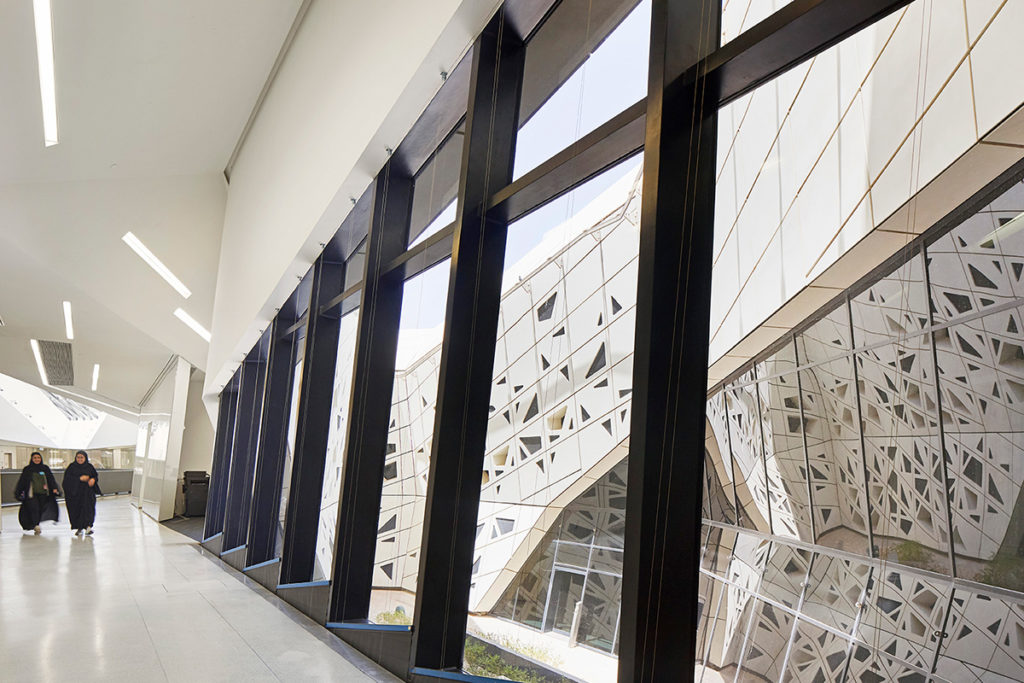
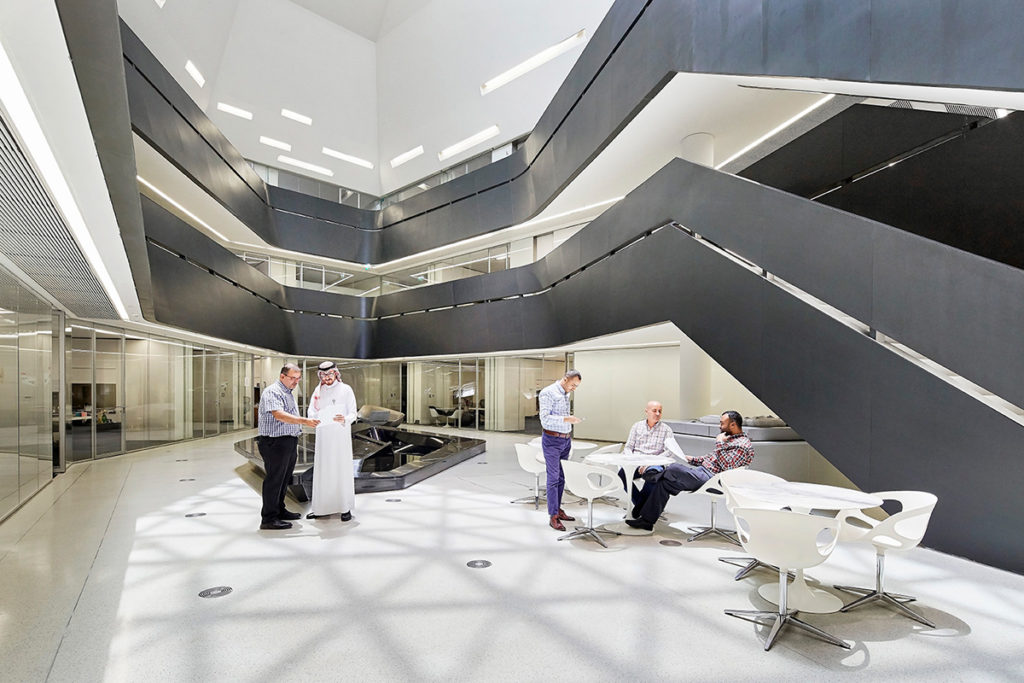
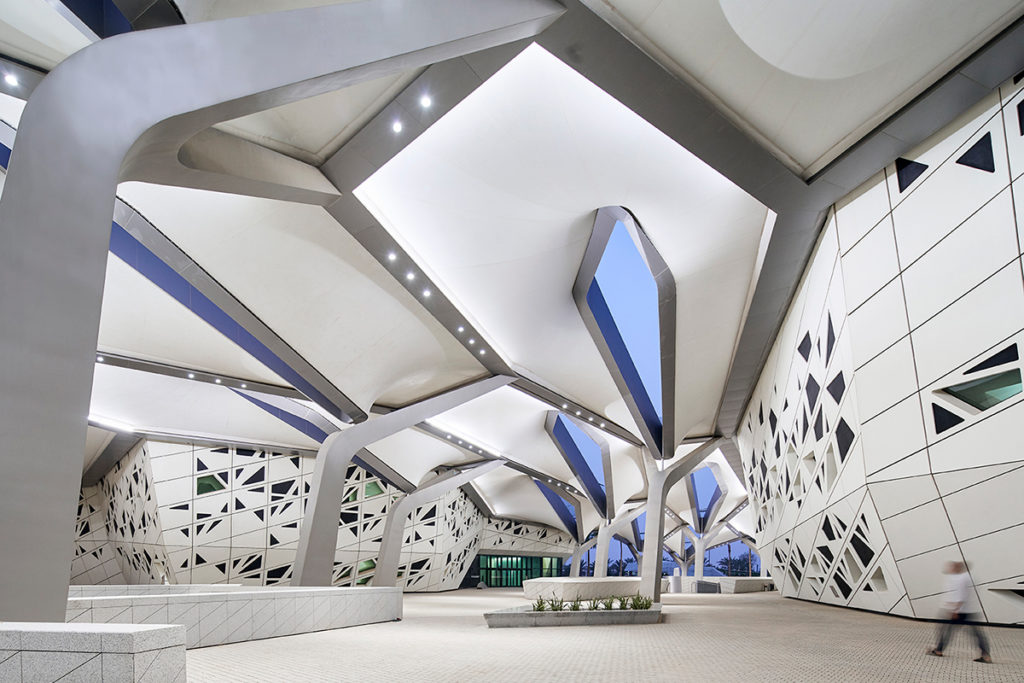
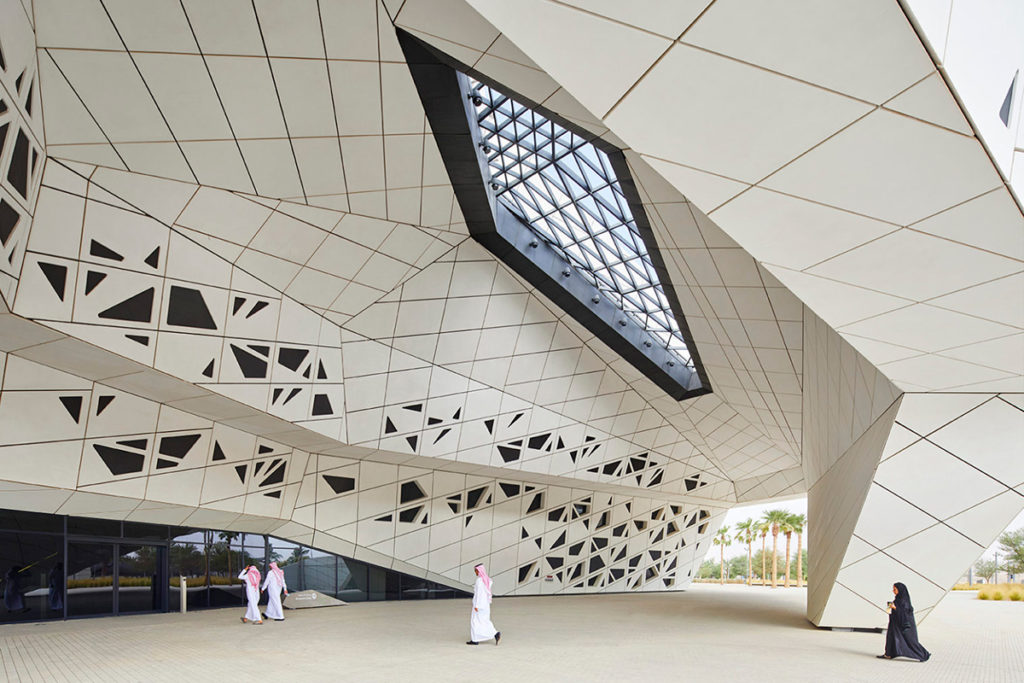
—
Contact Technical Consulting
Flexiiform is proud to be one of the leading units in Vietnam providing solutions for designing and constructing tensioned canvas. With its predecessor originating from the company FasTech, Flexiiform team brings together experts with over 10 years of experience in the industry and a team of consultants to provide the right solution according to the requirements for a variety of models and projects at home and abroad. We are committed to providing innovative and sustainable architectural solutions, capable of optimizing the use of materials and controlling the environment, similar to the design philosophy of the King Abdullah Research Center Tension Canopy.
For expert advice on tensile fabric solutions for research projects or projects with complex architectural requirements, please contact us.
Contact information:
Company: Flexiiform
Phone: +84 8678 68830
Website: https://flexiiform.vn/
Fanpage: https://www.facebook.com/flexiiform/




